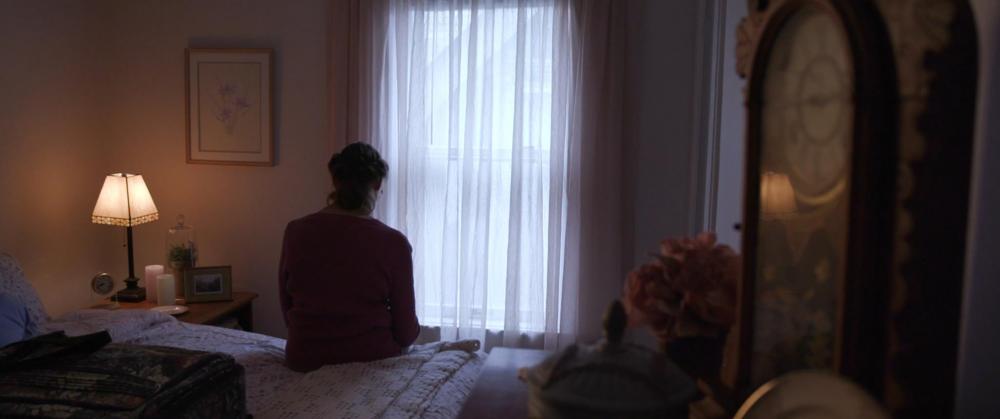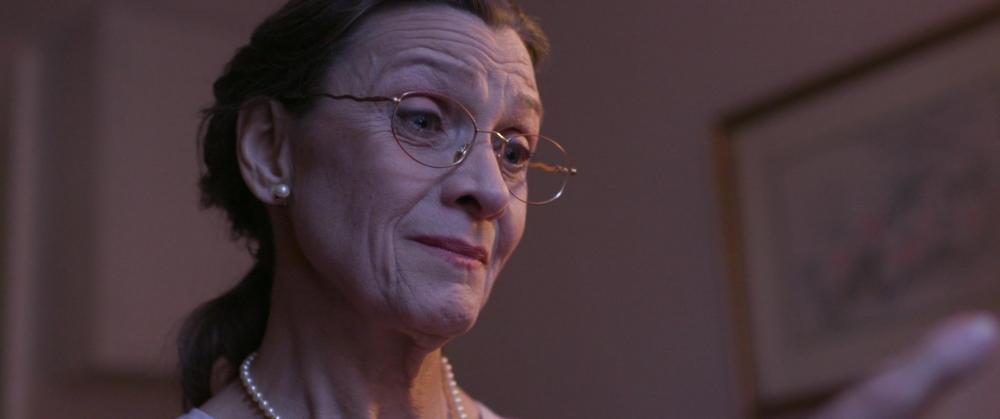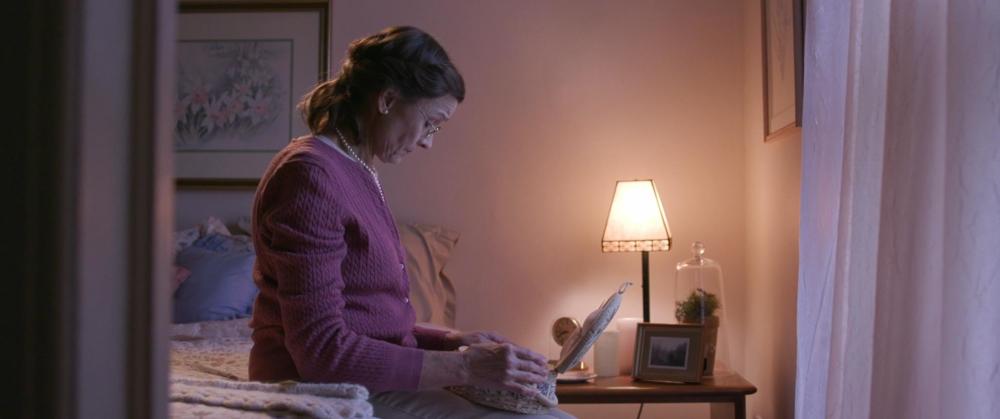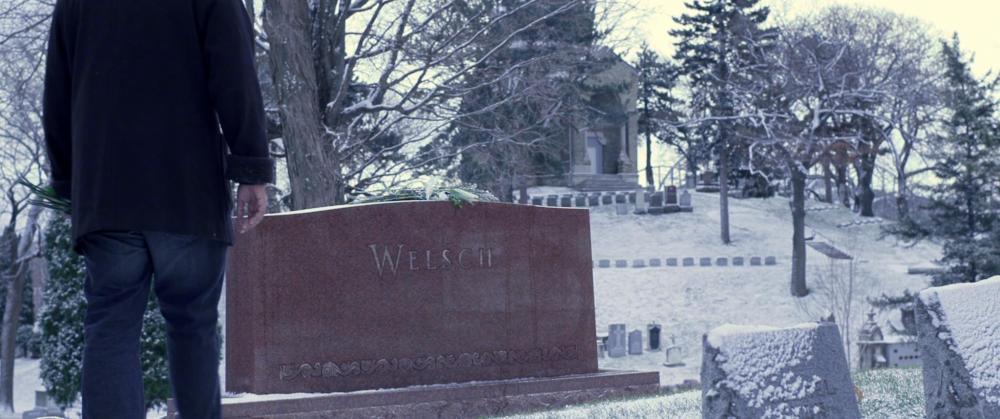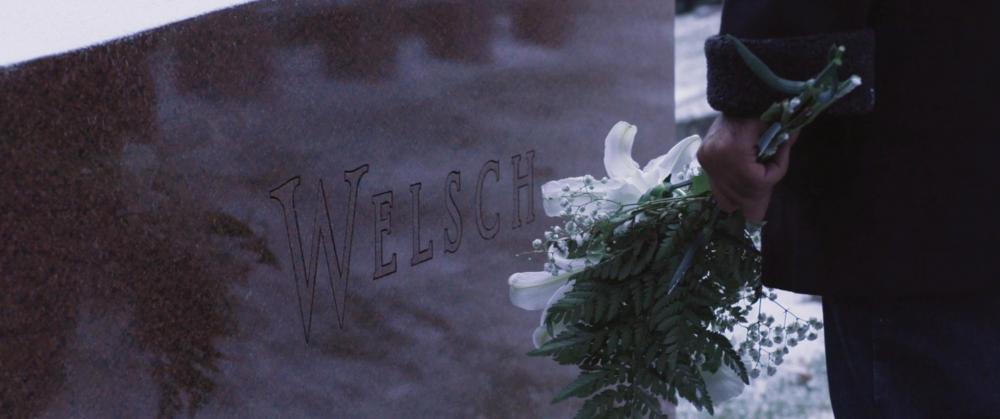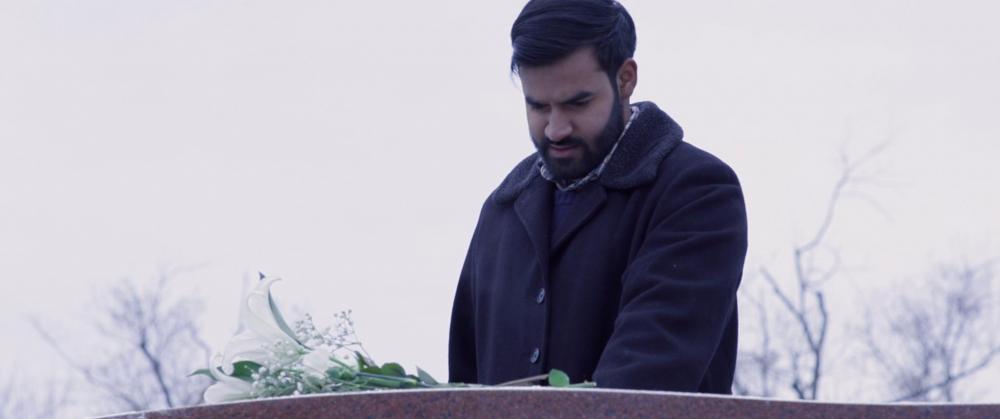-
Posts
1,503 -
Joined
-
Last visited
Content Type
Profiles
Forums
Articles
Everything posted by TheRenaissanceMan
-
Very cool! Considering your limited resources, those results are all the more impressive. I've done network reality shows that don't look as good. The one thing I'll point out is that there's some weirdness on the subject's nose in your second screen grab. Looks like it could be red channel clipping? Thanks for the notes on ProColor. I may have to try that if I don't trade out for a Pocket 4K or Fuji. If you ever have an interest in shooting LOG, Google the Resolve Color Managed workflow. It's more time and labor intensive if you're editing in premiere/FCPX, but in challenging DR scenes it may really help you out.
-
Looking real nice! What were your PP settings?
-

The Black Friday deal that I want this year is...
TheRenaissanceMan replied to Jadesroom's topic in Cameras
That's an awfully small sample size to extrapolate the market viability of Panasonic's entire pro line worldwide. -
Our XF-AVC files were just for review/dailies and the offline edit, so I wanted something that looked nice right out of the camera. Plenty of time to work with LOG gammas when we circle back to the RAW files. We had about 6 128gb cards to shuffle between, averaging 4 mins of card space per shot. Did alright on that system, since we were only doing simple coverage that day; once we get into more complex blocking, emotions, and camera movement, I can see storage becoming a concern. Time will tell. I'm curious about your Neat Video comment. Are you saying the sensor itself is noisy? Or just that the CRL files don't have much baked in NR?
-

The Black Friday deal that I want this year is...
TheRenaissanceMan replied to Jadesroom's topic in Cameras
With all due respect, you need to stop doing this thing where you go on long diatribes based on assumef information that isn't even true. The Varicam lines have been very popular sellers, especially the LT. Not FS7 or C300 monster-sales, but for episodic, spots, and doc, they're seeing plenty of professional use. Do your research before you make sweeping statements about sales figures or market popularity. -

The Black Friday deal that I want this year is...
TheRenaissanceMan replied to Jadesroom's topic in Cameras
No. The EVA has a 10-bit 4K codec, which Sony makes you step up to the FS7 to get. The FS5 only offers 10-bit 1080p and 8-bit 4k. I'd also pay more for the EVA color and dynamic range over an FS5. -
Because Cinema Raw Light is actually higher quality than the 10-bit XF-AVC from the C300 II, and we didn't need the faster workflow or broadcast features of the latter.
-
Just did my first shoot with the C200. A few observations: -It's a small, weird little body. Taller, and maybe even fatter, than it is long. Strange ergonomic choice if you want to get it on the shoulder. Still, the dedicated buttons cover all the essential tools/controls and are easy to find...except the strangely placed operator-side record button, which is hard to find by feel. Comes into play when you're jammed in a little closet. -With Wide DR gamma and Production Camera matrix, the tones and color palette are lovely straight out of the camera. Particularly in mixed lighting, the Canon pumps out predictably pretty results. Can't speak to their accuracy, but for a sentimental narrative it was just what the doctor ordered. -The new 2K XF-AVC is a weak codec. Looks nice with no corrections or grading, but falls apart quickly if you biff your white balance or start to mess around in Resolve/Lumetri. Still, it's nice to have the extra metadata, and they make good dailies/proxies to use until we circle back and link up the RAW Lite files (which we haven't touched yet). -The viewfinder is nice and usable. Not nearly as good as the incomparable C700 EVF, but that costs about as much as the C200. ? For a built in, it does exactly what I need--show an accurate enough, sharp enough picture to operate and review with. The tilt was nice too, especially since I LOVE low angles. -RAW Lite chews through CFast cards like nothing. 128GB cards gave us 15mins each. Now I know how film shooters feel with their limited mag sizes. It didn't hold us back too much this time, but our future days will have longer, more complex takes, and I don't relish the idea of nervously watching our card time tick down. -It's a nice light camera, and moves around easily. In my case, I really prefer more mass to keep things uber steady. Might have to rig her up a bit more for our next go around. -I was fighting the fading sunlight in our last scene of the day (these damn, short Wisconsin days...), but I didn't seem to suffer too much penalty for bumping up to ISO 1600/2000 for our last couple shots. A little NR should take care of it. Ultimately, I think it'll actually be less noticable than the blue shift in the window light. Hopefully I can color it out convincingly. I'll end with a few stills for your perusal, but...for the price, it really is an easy, simple little camera. If the RAW punches as hard as I've heard, then the ease of use vs strength of results ratio is very impressive. I have mixed feelings on the body, but as a nice cheap rental, it delivered exactly what I needed.
-

Replicating 'big camera' feel with small camera
TheRenaissanceMan replied to austinchimp's topic in Cameras
You want the look of a heavier camera, you need to make the camera heavier. Period. The extra weight/mass is what makes bigger cameras look better handheld. Either you're willing to do it for the look or you're not. There's no way to "fake" inertia. Gimbals and steadicams will give you steadier footage with a light camera and eliminate micro-jitter, but it's not the same aesthetic at all. On a recent short, all it took was popping the F3 on a simple shoulder pad, and suddenly beautiful handheld was effortless. I can PM you a link if you're interested. -
One of the most popular tools in Resolve, which is why it has a dedicated dial in the Blackmagic micro studio panel. Great for adding some "grit," beautifying, or any other time you need to emphasize or downplay the appearance of fine detail.
-
I very much subscribe to the Ridley Scott school of night scenes: light the hell out of it, then print down in post.
-
@Geoff CB I completely agree, very smooth look without giving up depth or resolving power. Just tested a set, and I'm going to be using them on the C200 for a project coming up at the end of this month. Should be a lot of fun! Will share stills when I can.
-
Yes, I really wish it were available on the current generation of bodies. Really awesome, pro-level idea, much like what the Varicams offer with wireless CDL creation. I think we need to differentiate here between RAW stills color and encoded 8-bit video color, because there is a profound gap in workflow, results, and flexibility between the two. We also need to clarify how we are grading our files, because speed and quality differs wildly between various methods. For example, using the DaVinci color managed workflow gives you a corrected starting point with virtually no work, so all you have to do from there is tweak and do your creative grading. If you're just grading SLOG/SGamut files from scratch with levels and curves, your experience will change drastically. So for the sake of clear communication, let's be very specific when describing how we deal with our footage. Another angle to think about: ease of results matters. The Alexa is popular not only for its reliability and image quality, but for its dead simple workflow. In many cases, corporate and commercial work can make do with nothing more than Arri's r.709 LUT, with maybe a small tweak or two. THAT IS HUGE! Saving time, minimizing complexity and miscommunications between set and post (many DPs do not get to grade their own footage!), jumping straight into edit with a robust easy-to-cut codec...these are all enormous time and money savers. Compare that to RED and, while the image quality is outstanding, you have to deal with large difficult files requiring in depth knowledge of their various sensors, color spaces, gamma, etc. So when saying "you can always grade to match," keep in mind that while you often can, it takes time. It takes money. Expertise. More communication with whoever's handling your post. That is why out of camera color still matters, despite all the powerful color tools we have now.
-
It was certainly mine. Giant difference in skin tones, and richer more accurate color overall. What was your experience?
-
If default developer colors in RAW are important to you, just switching to Capture One will be a better investment than any camera system change.
-

What Do Y'all Think of The Kinefinity Mavo LF?
TheRenaissanceMan replied to Zach Goodwin2's topic in Cameras
For that price, I'd opt for a Varicam LT or RED Raven any day. Hell, with some hunting you can find an Alexa Classic w/high speed license for that money. -
Being locked into Canon mount for a funded production shoot is such a headache. In terms of cine lenses, you're limited to CP3s, CN-Es, SLR Magic APOs, Schneider Xenons, and...what, Tokina Vistas? And in a smaller market, you'll only find CP3s and one other option to choose from. Ugh. Anyone here worked with the Xenons or SLR Magics?
-
Very nice work, especially with the limited time and budget. That EVA handles skin tones, highlights, and saturated colors rather elegantly. Thanks for sharing!
-
It covers full frame.
-
I legitimately don't know why it would. Lots of dynamic range, so easy to light and flexibility when you can't control the light. Good at high ISOs, so not much penalty for not bringing the right amount or size of lights--or even not being able to light at all. RAW and ProRes, so all the flexibility you could want in grading. One of the easiest camera brands to color, as well as having an easy, established workflow for LUTing your way to a simple r709 output. ProRes and CinemaDNG are both dead simple workflows now. Endless lens options. Three different storage media options. The only thing I can think is battery life and non-articulating screen, but an external battery adds very little to your rig, and you'd want an additional monitor for production work either way. Plus you can always strip down a small camera if needed; you can't disassemble a big camera down into a little one. I could see this doing tons of doc, wedding, corporate, narrative, and all manner of broadcast. Hiking and kids don't pay either way, so...not entirely sure where you're coming from here.
-
Between those two, for your situation, I'd take a GH5s. 240fps and lower rolling shutter are big advantages. FS700 is the best choice if you're not bothered by size or weight, ESPECIALLY if you're already using an Atomos.
-
Fun fact, I was just working with NFL Films for a Packers half time show, and all four cameras on set were Ursa Mini Pros. Talking to the camera crew, they were all very excited about the Pocket 4K for tricky rigs (such as Snorriccam) and, more importantly, low light. The 4.6k is a dog in low light, so a cheap camera that matches easily and delivers good results at high ISO makes a great complement. Food for thought.
-
Or in whatever kit production rents on your gaffer's behalf. Regardless, if you're using lights, you need extension cords. Period.
-
I have stingers (extension cords) on every shoot I do, so I generally just run power to them. But if that's not something you're willing to do, Quasar makes tubes with built in batteries now.




